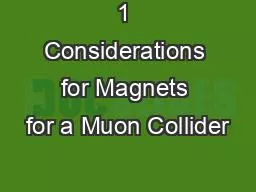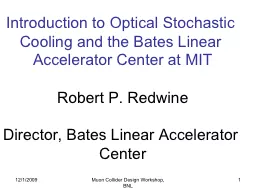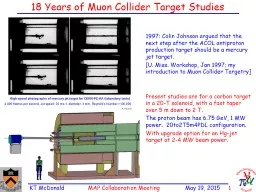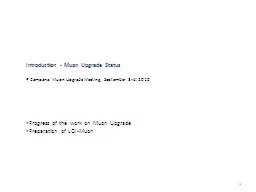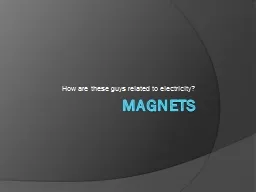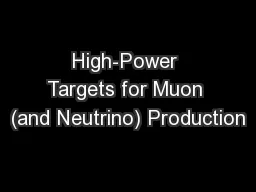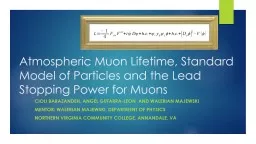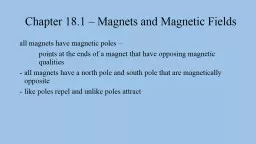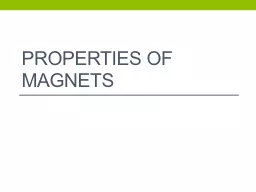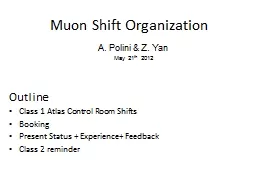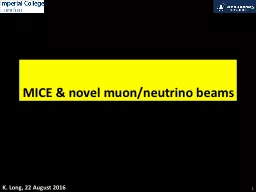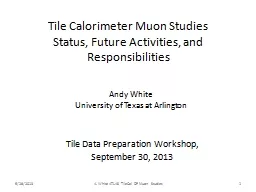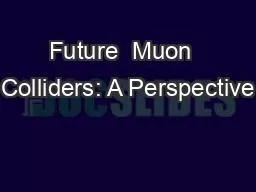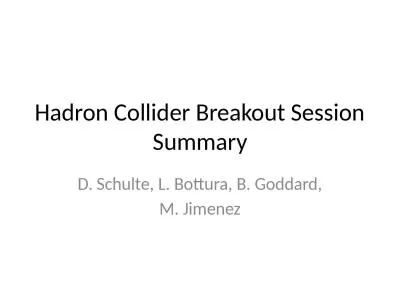PPT-1 Considerations for Magnets for a Muon Collider
Author : lindsaybiker | Published Date : 2020-10-22
Gijs de Rijk CERN 10 th April 2019 Magnet types field 15 2T resistive Cu or Al coils steel yoke all warm ramp rates 10 th Ts 40kCHFm 2 3 T Superferric Superconducting
Presentation Embed Code
Download Presentation
Download Presentation The PPT/PDF document "1 Considerations for Magnets for a Muon ..." is the property of its rightful owner. Permission is granted to download and print the materials on this website for personal, non-commercial use only, and to display it on your personal computer provided you do not modify the materials and that you retain all copyright notices contained in the materials. By downloading content from our website, you accept the terms of this agreement.
1 Considerations for Magnets for a Muon Collider: Transcript
Download Rules Of Document
"1 Considerations for Magnets for a Muon Collider"The content belongs to its owner. You may download and print it for personal use, without modification, and keep all copyright notices. By downloading, you agree to these terms.
Related Documents

